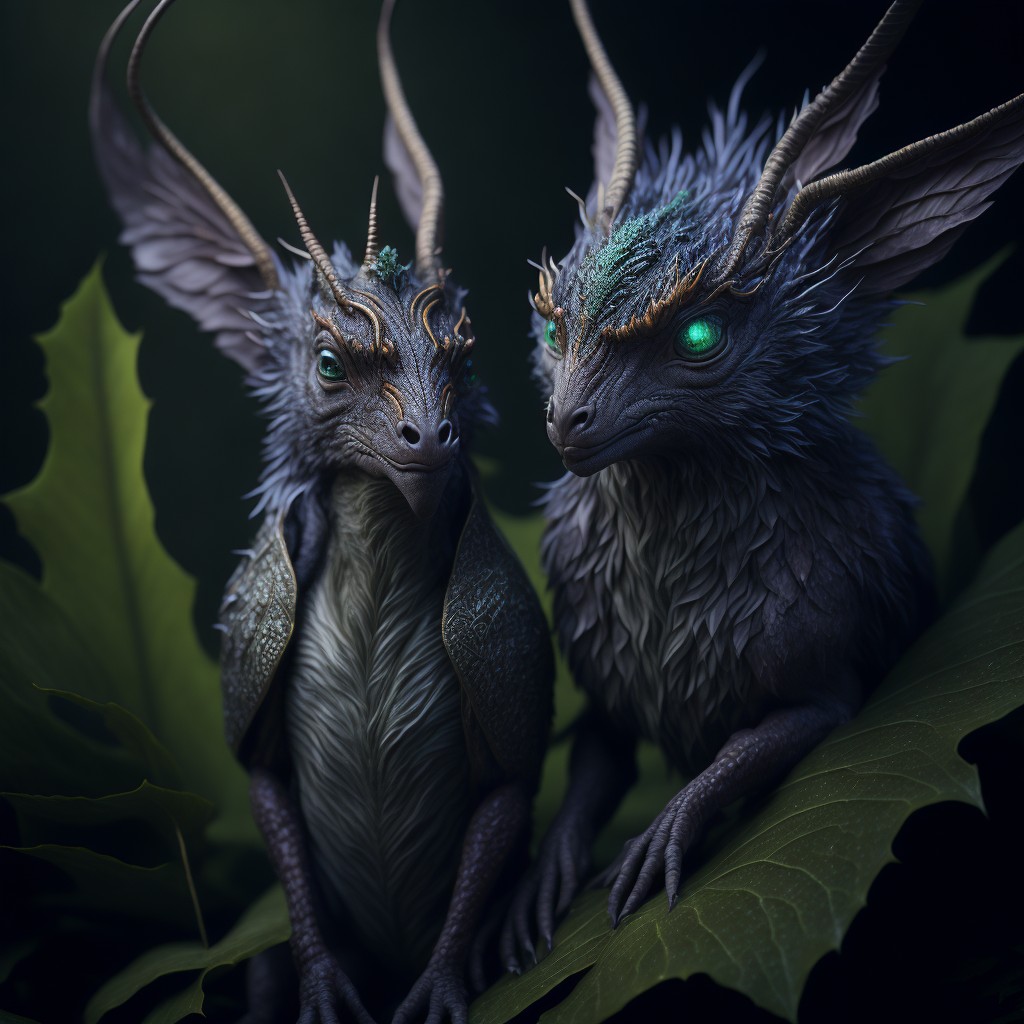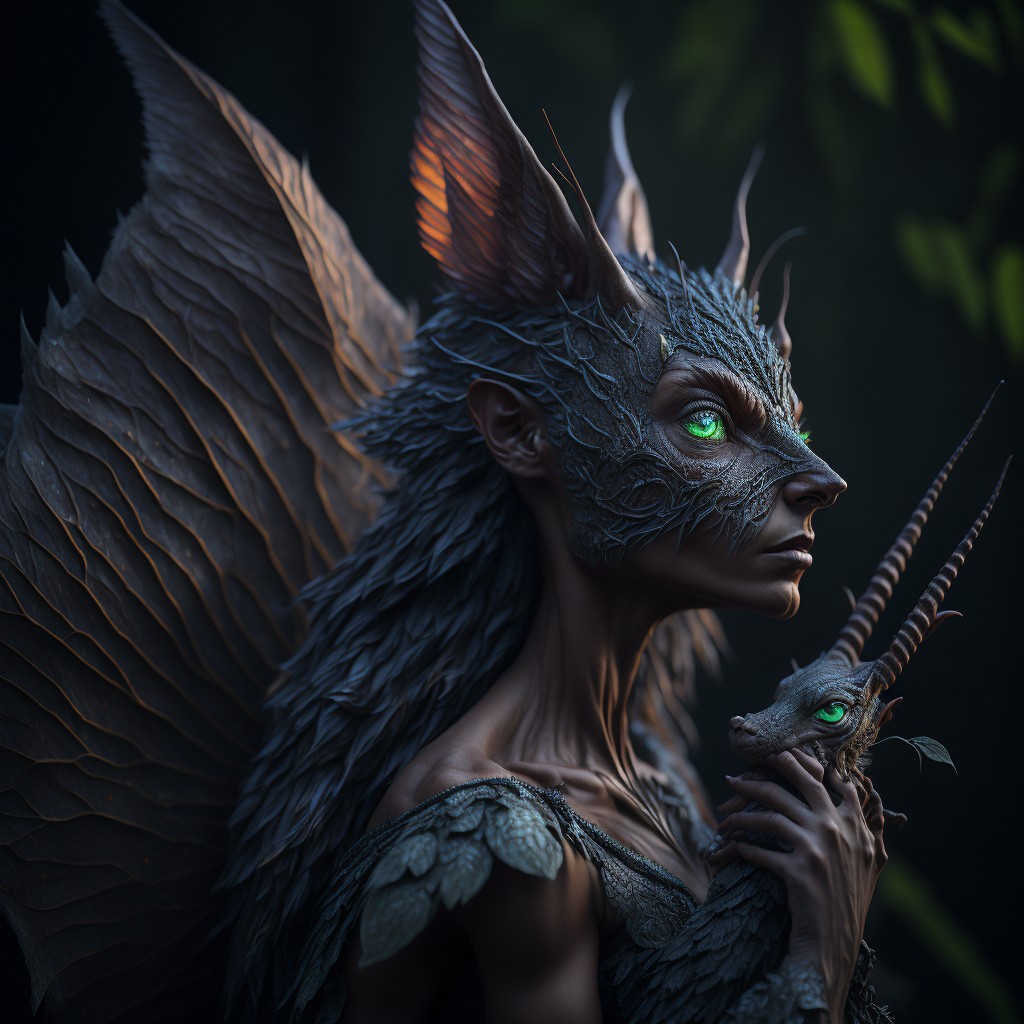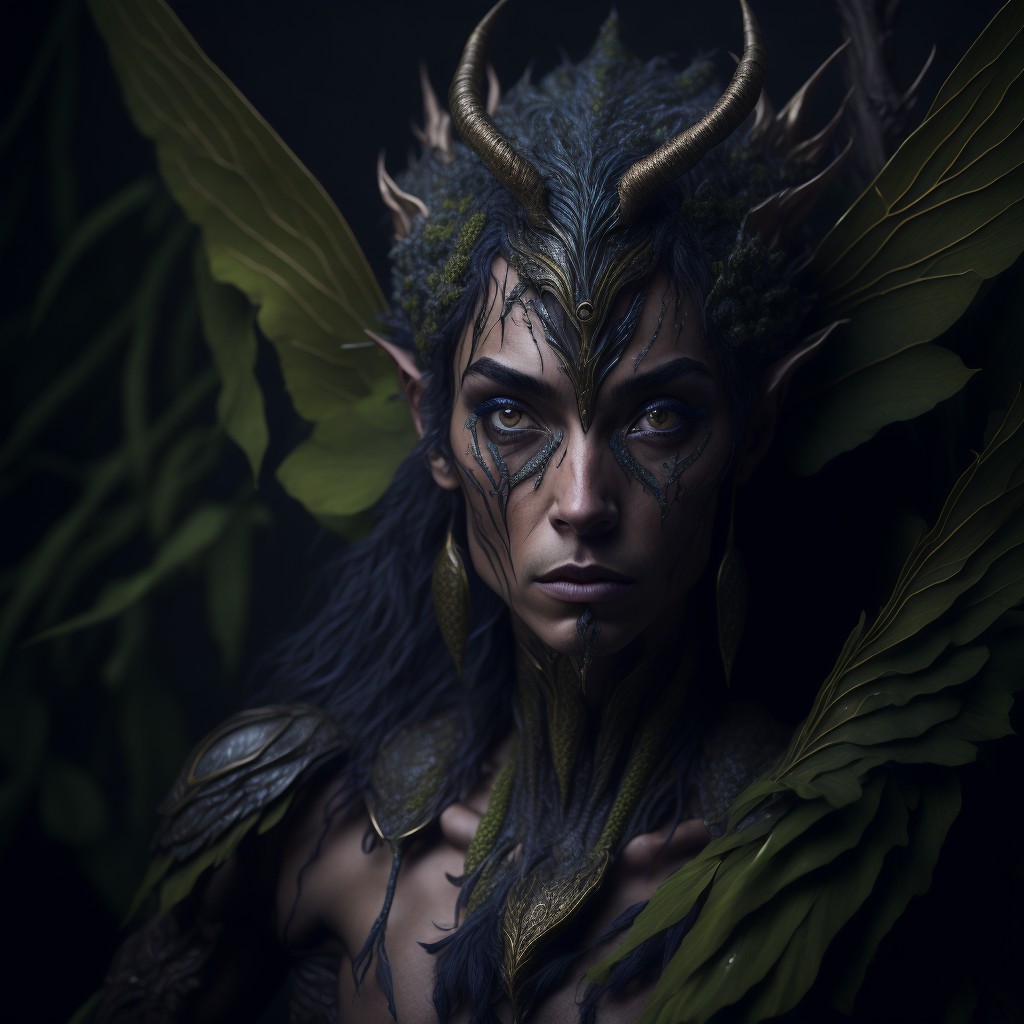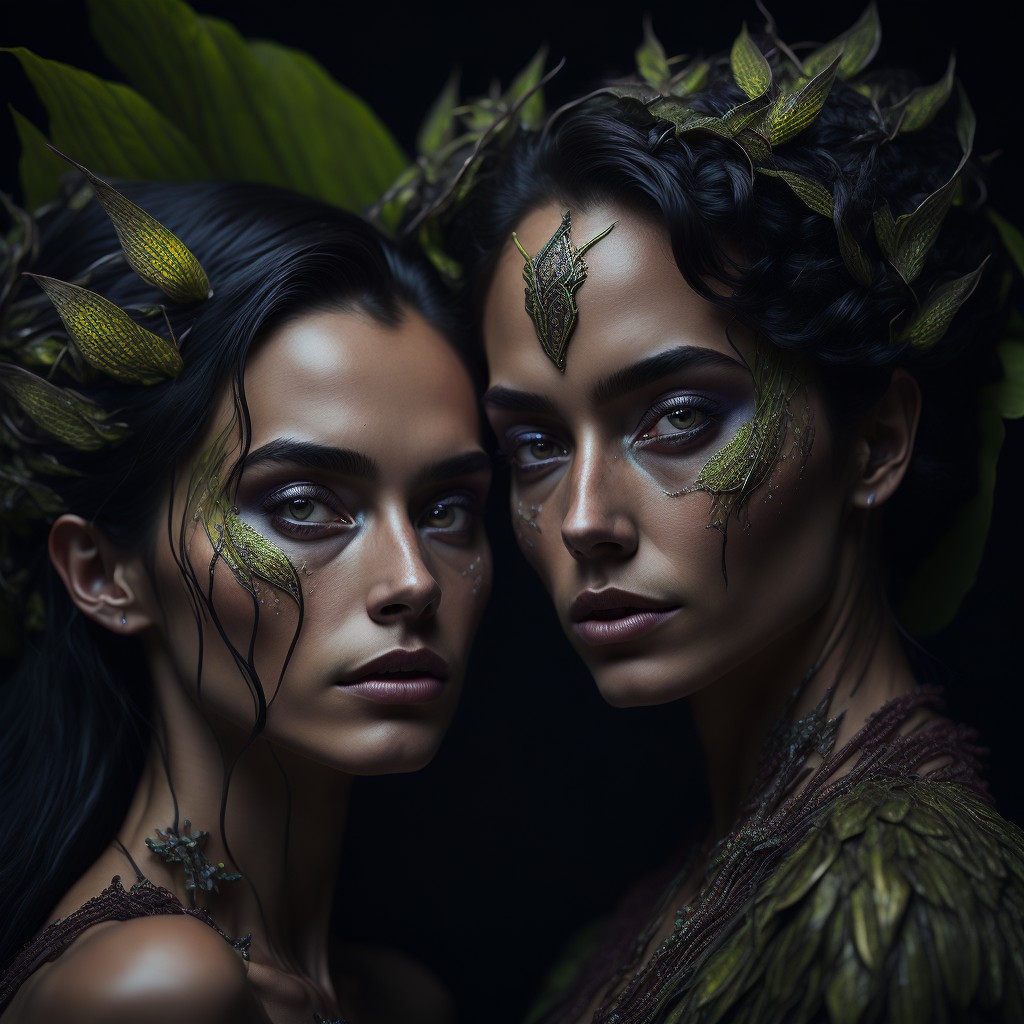
Welcome to the magical world of fairies! As a fairyologist and expert in this realm, I'm excited to share with you some fascinating facts about these mystical creatures. Fairies have captivated our imaginations for centuries, inspiring stories of adventure and enchantment that continue to shape our culture today. Here, I'll take you on an exploration into their mysterious kingdom, unlocking the secrets behind these mythical beings.
Fairies come in all shapes and sizes; from tiny sprites no bigger than a blade of grass, to towering guardians that protect sacred forests. Some are mischievous tricksters who revel in causing trouble, while others are kindhearted helpers who bring joy wherever they go. Regardless of how they appear or behave though, one thing is certain: they know how to capture our attention and steal our hearts.
In my journey through this enchanting world, I've discovered many things - like why fairies love music so much or what traditions they observe during special occasions - but there's still so much more to uncover! So let's embark upon this fantastic voyage together and explore the wonders of Fairy Land...

The Origin And History Of Fairies
Fairies have been a part of folklore and mythology for centuries. Many cultures around the world have their own version of fairies, with different names and characteristics. While there is no clear consensus on the origin story of these supernatural creatures, many believe they originated from ancient paganism. Fairies were thought to be nature spirits that resided in forests and meadows, interacting with humans in both positive and negative ways.
In medieval times, belief in fairies was widespread throughout Europe - particularly in Ireland and Scotland. People believed they could see them dancing under moonlight or hear their voices whispering through the trees. They also attributed magical abilities to them such as granting wishes, providing luck, healing illnesses, etc.
The Victorian era saw a resurgence of interest in fairy tales which continued into modern day culture - especially since J.M Barrie’s play “Peter Pan” debuted in 1904. We now view them more positively than ever before – thanks to Disney movies like “Tinkerbell” and other popular fantasy stories set in enchanted lands populated by tiny winged creatures! With this next section we'll explore the different types of fairies found across multiple cultures…

Different Types Of Fairies
Fairies come in a variety of shapes, sizes and colors. There are the classic pixies and sprites which most people think of when they hear the word fairy. These tend to be small and delicate with wings that flutter like butterflies or dragonflies. They can often be seen dancing around flowerbeds or in meadows on sunny days. Other fairies may look more like humans - although still possessing some distinctive features such as pointed ears or highly colorful clothes - while others have an animal-like appearance. Some varieties even resemble mythical creatures such as unicorns, mermaids, or dragons!
Many cultures throughout history have their own versions of these magical beings, each having different characteristics and abilities depending on region or tradition. For instance, Irish leprechauns are known for being mischievous pranksters who guard large pots of gold at the end of rainbows. Meanwhile, Japanese tennin are celestial maidens believed to bring good fortune and blessings from heaven upon those fortunate enough to encounter them. No matter what form they take, all fairies share one common trait: they love nature and strive to protect it from harm.
The sheer abundance of tales surrounding these mysterious creatures suggests that there is much yet unknown about them - thus making them endlessly fascinating subjects for study! With so many stories to explore, no two experiences with a fairy will ever truly be alike; this provides us with an opportunity to learn something new each time we investigate further into their world. As we move forward in our exploration of these wondrous beings, let us keep open minds and hearts ready to embrace whatever knowledge awaits us!
Fairy Sightings And Encounters
The sight of a fairy is one that many people never forget – it has the power to capture and captivate the human soul. The way they flit about in their colorful, shimmering garments can evoke an array of emotions within us; from awe to wonderment. Those who have been lucky enough to encounter such creatures often describe them as being beautiful and otherworldly.
One common sighting is said to be fairies dancing around fires on midsummer's night. Others claim they've seen them playing near streams or rivers, while some have even come across gatherings of fairies at sacred sites like stone circles and ancient burial grounds. All these sightings share similar traits which suggest that the experience was authentic: bright lights emanating from the area, strange music seemingly coming out of nowhere, and a feeling of joyous energy permeating through the air.
It's no surprise that these mystical encounters have had an effect on our culture throughout history - inspiring countless stories, legends, poems and artwork devoted to capturing their beauty. Thus, it's clear why we are so enchanted by these elusive beings!
Fairy Tales And Literature
Fairy tales and literature have long been a part of our cultural fabric, with references to fairies appearing in some of the oldest surviving written works. Many famous authors wrote about these mythical creatures - from Shakespeare's Puck in A Midsummer Night’s Dream to J.K Rowling's house elves in Harry Potter. These stories often depict fairies as magical beings who possess supernatural powers and can grant wishes or provide assistance when needed. Additionally, they are usually depicted as having wings and being small enough to fit within the palm of one’s hand. As such, it is not surprising that many people today still believe in their existence and view them as benevolent guardians of nature or sources of inspiration for creativity.
The prevalence of fairy tales throughout history has also had an influence on modern storytelling techniques. For example, authors like Hans Christian Andersen used elements found in traditional folktales to create unique narratives that explore themes such as love, loss, morality and justice. Moreover, iconic characters such as Cinderella demonstrate how powerful messages can be conveyed through simple yet effective plotlines. Thus, it is clear that fairies have played an important role in shaping both oral and written literary traditions across cultures worldwide.
In terms of contemporary literature, there are numerous books dedicated to exploring various aspects of fae culture including mythology and folklore. From Neil Gaiman’s best-selling novel Coraline which follows a young girl trapped inside a twisted version of her own reality where she encounters monstrous ‘other mother’ figures to Patricia C Wrede’s Dealing with Dragons series set in a fantasy world populated by dragons and other mythological creatures; these writings offer readers glimpses into fantastic realms filled with mystery and adventure. By weaving together imaginative storylines using ancient motifs combined with new perspectives, these types of works help us gain insight into the fascinating realm inhabited by fairies while providing deeper understandings about ourselves in the process. Transitioning now into the next section: It is no surprise why so many cultures around the world value these mythical creatures given their ability to capture human imagination through compelling narratives

The Cultural Significance Of Fairies
Fairies have long been a source of fascination. Through the ages, they've come to represent a variety of different things; from good luck charms to mischievous sprites, or even symbols of fertility and nature's bounty. Fairies are deeply embedded in many cultures around the world - from Europe to Asia - likely due to their sheer ubiquity as part of folklore tales and mythology.
These ancient stories often explore themes such as beauty, wisdom and power which can be easily related back to fairies. Even today, we see these values reflected in popular characters like Tinkerbell or Disney's portrayal of Cinderella’s fairy godmothers. It’s easy to understand why so many people feel connected with this magical figure; fairies provide us with an escape into a realm where anything is possible!
The symbolic significance of fairies has endured for centuries and continues to captivate audiences worldwide. As our society evolves, it will be interesting to observe how fairies continue to evolve along with it – particularly when it comes to their representation in modern culture. With that said, let’s take a look at how fairies have impacted pop culture over the decades...
Fairies In Popular Culture
Fairies have been a major part of popular culture for centuries. They are featured in classic literature, such as William Shakespeare's A Midsummer Night's Dream and J.M Barrie's Peter Pan, both stories providing the modern audience with an unforgettable glimpse into the world of fairies. Fairies also appear frequently in art throughout history, from medieval illuminated manuscripts to Victorian paintings and modern-day cartoons. Many cultures around the world contain tales about mystical creatures that resemble what we now think of as fairies; some even include mentions of these mythical beings in their religious texts.
In contemporary times, fairies have come to be associated primarily with children through books like The Fairy Tales by Hans Christian Anderson or various Disney movies featuring Tinkerbell and other fairy characters. While these stories may not always accurately depict traditional beliefs concerning fairies, they still serve to introduce many young minds to this fascinating subject matter. In addition, there is a whole market dedicated to products related to fairies and fairy lore, ranging from stuffed animals to collectibles and toys..
The public interest in all things magical has never been greater than it is today; however many people forget that behind every fantasy creature lies some kernel of truth based on real life events and observations. This belief holds true for those enchanted by the idea of fairies too: while they remain firmly entrenched within our imaginations, the science underlying them remains just as important as ever before.
The Science Of Fairies
Have you ever wondered about the science behind fairies? How do their wings work, and how can they fly so fast? While our understanding of fairy biology is still incomplete, there are a few hypotheses that have been put forward by fairyologists.
First of all, let's look at the anatomy of a typical fairy. Their wings span roughly 2 feet in width, and they are composed primarily of thin membranes with tiny air pockets throughout. This allows them to remain buoyant while flying long distances, even against strong wind currents. Additionally, these air pockets help reduce drag while their wings beat faster than any other insect or bird known to man.
In addition to this aerodynamic design, we also understand that fairies possess an innate magic power which helps propel them through the air. It has been hypothesized that this magical energy comes from some kind of supernatural source, although it remains unknown what exactly this force may be. Whatever its origin, it seems clear that without this ability fairies would not be able to reach such incredible speeds when in flight.
By studying both the physical structure and mystical qualities of fairies together we gain insight into why these mythical creatures continue to fascinate us today. As we delve deeper into their world we stand ready for further surprises as new discoveries await around every corner! And now let's turn our attention towards how fairies interact with the environment...
Fairies And The Environment
Fairies are an ancient species that have been around for thousands of years. They live in harmony with nature, and take great care to protect their environment from harm. This is why it's so important to understand the relationship between fairies and the environment.
To begin with, it's essential to note that fairies rely heavily on natural resources such as water, plants and minerals for survival. As a result, they work hard to ensure these resources remain plentiful and undamaged. Fairies often help regenerate areas of land by planting trees and flowers or restoring rivers back to their natural state. These actions demonstrate how deeply committed they are when it comes to protecting their surroundings.
In addition, fairies are strongly connected to animals in ways that humans cannot comprehend. It's believed that each fairy has its own unique animal companion which provides them with protection while navigating the world around them. These companions also act as guides during difficult times, offering wisdom and insight into matters related to both nature and life itself.
It is clear then that fairies possess an intimate understanding of their environment – one which humanity can learn much from if we choose to pay attention. Through careful observation, research and study, perhaps we too can discover how best to restore balance within our ecosystems just like the fairies do effortlessly every day.
Conclusion
I have made it my life's mission to study the world of fairies, and I must admit that there is still so much for us to learn about these mythological creatures. While we may never truly understand them fully, they will always remain a source of fascination and wonderment in our society.
From their origins as mystical beings to their modern day influence on popular culture, fairies are an integral part of many cultures around the globe. Whether you believe in them or not, one thing is certain – when you look into the eyes of a fairy, you can't help but feel a deep sense of awe and admiration for such magical entities.
So whether you're reading stories about fairies from long ago or enjoying films depicting their fantastical powers today, let us all take a moment to appreciate the captivating beauty of these mythical creatures! Their mysterious ways bring joy and enchantment into our lives, making the world just a little more special every time we encounter them.

by Leonardo.ai and Zimmwriter